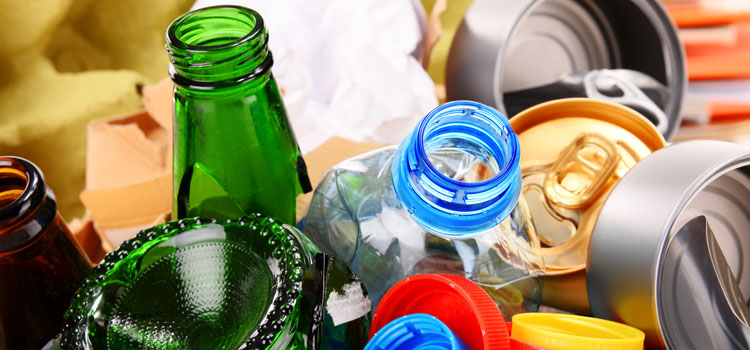The Recycling Partnership and the EPA released the 2016 State of Curbside Recycling report yesterday. The report identifies Areas of Opportunity, or ways in which residential recycling programs can be strengthened and broadened. As quoted below, several of these opportunities revolve around improved communication, education and outreach — challenges that waste and recycling professionals have been tackling for years. Very rarely does one recycling manager or municipal waste department have the time, funding, and expertise to independently create the kind of public outreach that is needed — digital, multi-pronged, consistent, easy to find and easy to understand. These are the problems we strive to solve with our Public Education Platform, by not only providing great websites and digital communication tools, but also by doing the heavy lifting of creating content and updating information. And for DIYers, our blog is filled with ideas and insights about how any solid waste department can improve its own recycling outreach.
The Areas of Opportunity to improve and expand residential recycling are based on the results of the joint research study, as well as the experience and insight of The Recycling Partnership’s staff. Recyclist’s own mission developed as a direct response to some of these same issues (read more of our story). Here’s what we’re doing to move from opportunity to reality:
Opportunity: Consistent Messaging
“‘What is recyclable?’ is a central question among program participants and program coordinators and is one of the most widely varying answers in the survey.”
This question is our very raison d’être. Recycling rules are complicated, change over time and vary greatly from place to place. So at the core of our work is providing cities and counties with up-to-date, locally accurate recycling guides that people can access anywhere and everywhere, including on the phone in their pocket, not just crumpled up in the back of a kitchen drawer. But we know that understanding what’s recyclable requires more than just having a recycling guide. You have to make sure your guide is searchable, easy to find and leverages graphics and clear language. You also need to make sure residents consume the information on a regular basis. It’s for these reasons that we built our Public Education Platform around a website that’s easy to navigate, a recycling guide that’s dead-simple to use and local information that’s always clearly communicated.
Opportunity: Consistent Information
“Both from the research collected and in our experience, many communities and municipalities do not provide easy-to-access and easy-to-understand recycling-related information.”
Visibility and clarity are so important, especially now, in the age of digital information. No single recycling program manager has the time to keep a recycling guide up-to-date and write blog posts and tweet and post to Facebook and send out newsletters with any kind of frequency. For those managers who — quite understandably — don’t have the time, our subscription service includes a website, a recycling guide, emails reminders, ready-made social media content, and monthly newsletters. The information we provide to our customers is always consistent, locally accurate and regularly updated.
Opportunity: Waking the Sleeping Giant of Multi-Family Recycling
“During the research it became clear that there is a great opportunity to understand and improve the other major form of residential recycling — multifamily collection.”
Our Public Education Platform websites always provide tips and best practices for recycling programs in multi-family housing and apartments, for both residents and owners. Check out our Stockton Recycles for an example.
We also are helping municipalities and haulers improve multi-family recycling programs through our Commercial Outreach App. The app comes loaded with a local data set that identifies the size and location of all the multi-family dwellings in a jurisdiction, along with estimated generation levels. It also enables program managers to conduct and track outreach efforts, and to generate, via mobile app, on-the-spot waste assessments and recommendations for multi-family property managers.
The bottom line is that we’re passionate about improving recycling, we know how to deliver state-of-the-art outreach, and we work with cities, counties and haulers to do just that. Learn more about what we do or take a look at our recent blog posts for DIY outreach tips.
